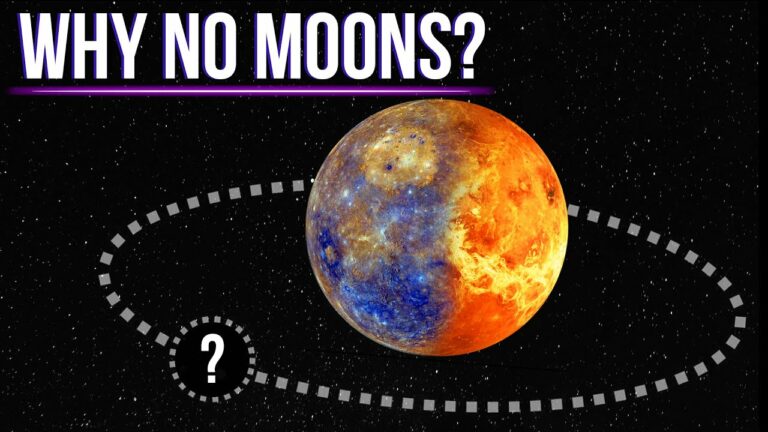Why Don’t Venus And Mercury Have Moons?
Spinning around our Sun are nine planets, more than 120 moons, millions of asteroids and other rocky objects, and countless comets. Together, they make up the Solar System, our home in this vast universe. Closest to the sun lies Mercury, followed by Venus, Earth and Mars.
These planets are known as the Inner Planets of our Solar System. All the planets in our Solar System are unique in an unusual way and each of them has a notable characteristic feature unique to them. The Earth sustains life to grow, while venus receives rain of extremely corrosive Sulphuric Acid.
All Planets in our Solar System are surrounded by their mini planets, or better to say, their Satellites, which revolve around them in certain fixed orbits. The orbits can be distinguished and recognised by using Kepler’s Laws of motion. The moon is the closest celestial body to the Earth. It is Earth’s only natural Satellite. Most satellites are much smaller than their parent planet.
Earth has only one Satellite, Mars has two Satellites, and Jupiter has about 80 of them, including the largest satellite in our Solar System, Ganymede.
Saturn has more than eight two moons. Uranus has twenty-seven Satellites, while Neptune has about fourteen of them. Even our dwarf neighbour, Pluto, has five Satellites revolving around it. However, the first two planets of our Solar System, Mercury and Venus, surprisingly, do not possess moons.
But, Why? Why are only the first two Planets exception to this characteristic feature? And How exactly were the Satellites formed?
We will have a detailed study of Satellites and the Factors affecting the formation of Satellites. Before we continue, make sure you like, subscribe to our channel and hit the bell icon for further engrossing topics like these.
Do not forget to share your opinion with us to provide you with the best posts !




0 Comments